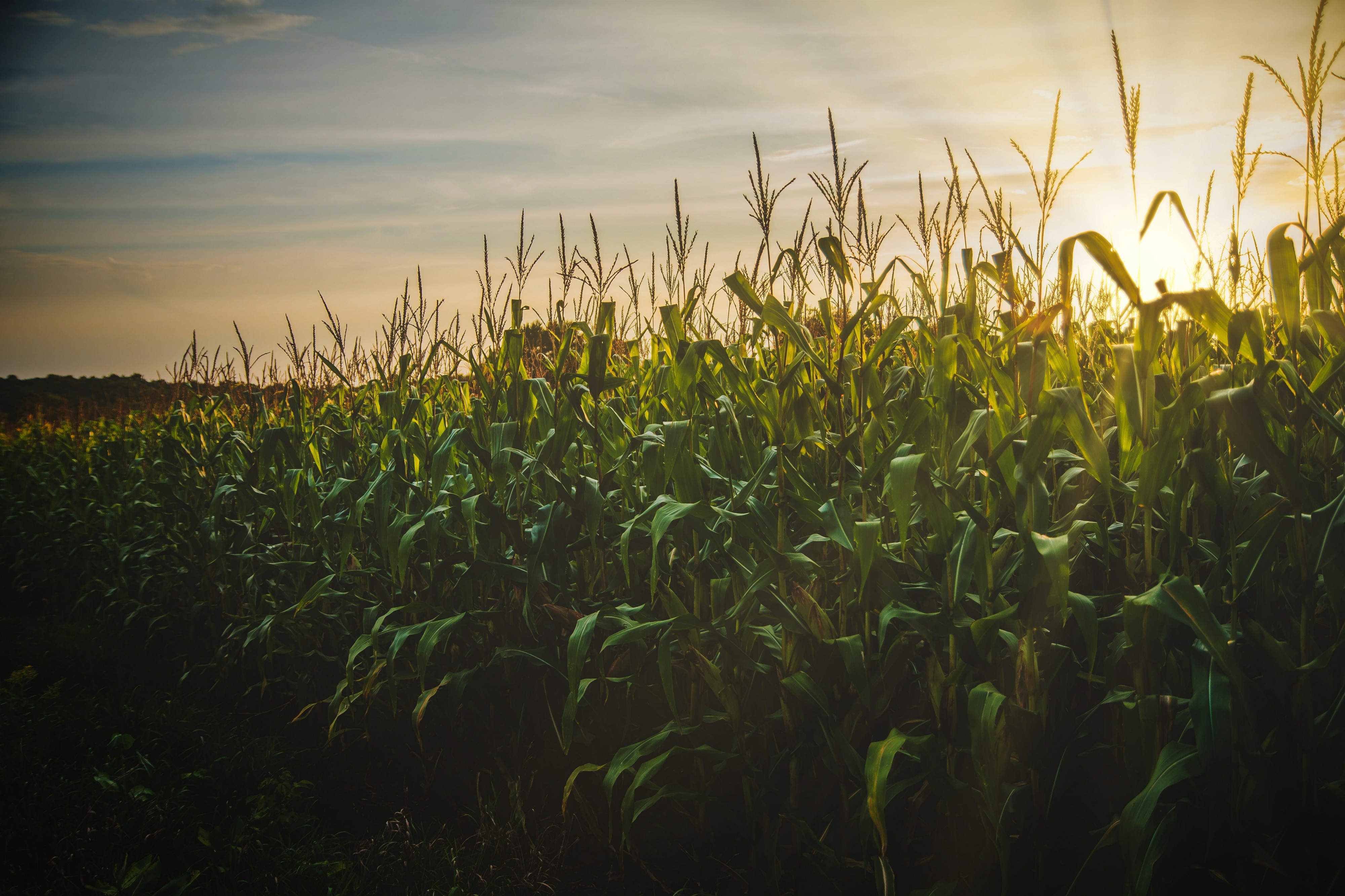What does it mean for our livelihood?

The impact of our diet on the environment has become a hot topic recently. Veganism is at an all-time high, supermarkets are starting to tackle food waste and plastic packaging has stepped into the firing line.
But what about where all this food comes from?
The global impact of industrial farming is no secret. As it stands, agriculture is responsible for just under 25% of all human-created greenhouse gas emissions, making it one of the single biggest contributors to climate change.
And it’s not a problem that’s going away anytime soon. The world’s population is expected to soar to nearly 10 billion people by 2050, which means food production will have to increase by a staggering 50%.
That’s a hell of a lot of mouths to feed.
With demand for food growing rapidly, and farming in the spotlight for driving climate change, we need to manage agriculture in a healthy, sustainable way without contributing to carbon pollution.

The ecosystem of the farm
Put simply — Regenerative Agriculture (RA) is the practice of farming that ‘does no harm’ to the land. It works to enhance and rehabilitate the whole ecosystem of the farm.
Aiming to optimise resources rather than deplete them, attention is paid to soil health, water management, fertiliser levels and more. Typically, utilises cover crops and perennials to ensure bare soil is never exposed, and grazes livestock in ways that mimic animals in nature.
RA can strengthen and exceed traditional yields with nutrient-rich crops. As the methods build soil, retain moisture and displace weeds, there is less need for artificial fertilisers and herbicides.
When managed properly, RA not only ‘does no harm’ to the land, but actually improves it. Regenerative practices increase soil biodiversity and organic matter, the soil becomes more resilient and can thereby tolerate the brunt of climate change effects like flooding and drought.

The main problem here is that farms are seen as a machine, output maximisation being the endgame.
This mentality of hyper-production is exhausting soil is causing it to become baron. According to the Nature Conservancy, an area of cultivable land greater than the size of England is abandoned every year due to depleted soil.
Currently, soils remove about 25% of global fossil fuel emissions each year, holding carbon as peat or permafrost in moist ecosystems. So healthy soils might unlock the secret to a reduction in carbon from the atmosphere.
But this raises the questions of exactly how much carbon the soil can hold. There’s no question about whether soil can absorb carbon from the atmosphere, but it is a limited amount, thus not a cure-all method.
And it boils down to how the land is managed — deforestation, thawing permafrost, drained peatlands and soil disruptive agriculture all result in the release of captured carbon back into the atmosphere.

On the upside, RA offers ecological benefits beyond carbon sequestration. It reduces soil erosion, remineralises soils and protects the purity of groundwater.
A shift to regenerative farming will require a complete overhaul of how farmers view their land. Farms rely on natural systems, for example, surface and groundwater, soil nutrients and pollinating insects. Therefore a farm should not be seen as an isolated machine, but a cog in the whole ecosystem.
Farmers are now in a unique position to play an active role in reducing the threat that in itself threatens their very livelihoods.
Regenerative agriculture in practice
Packaged food behemoth, General Mills, who own hundreds of family-favourite brands are already acting on regenerative agriculture.
In 2019, they announced an ambitious commitment to ‘advance regenerative agriculture practices on one million acres of farmland by 2030’.
The company is aware that this is not a one-size-fits-all approach for the farms in their supply chain. But all farmers will work to core principles including: minimising soil disturbance, introducing crop diversity and integrating livestock grazing rotation.
Not only will the farmers work with these new principles, but the impact of their farms on the wider environment will also be measured against four key goals: economic resilience in farming communities, soil health, water efficiency and above-ground diversity.
For these farmers and others, education is the key.
Farmers need the practical tools and technical assistance required to successfully implement a regenerative system on their farm. General Mills has supported farmers throughout North America with the required resources, along with one-to-one coaching and customised plans for each farm to carry out RA operations.
The program is promising, but still in its early days and currently being piloted throughout farms across Michigan, North Dakota and Kansas.

What if all farmers turned to regenerative agriculture?
The one million acres of land pledged by General Mills for regenerative agriculture is a step in the right direction, but is only a fraction of the 915 million acres of land used for agriculture in the US alone.
In the future, we might see organic producers take more of the driving seat in food production. And amid the current Covid-19 situation more people have taken to ‘grow your own’ veg. Both options are viable for a sustainable future.
Regenerative agriculture is already fronting huge claims for its ability to potentially reverse climate change and sequester billions of tonnes of carbon through improved soil management. Realistically this is a huge stretch and would mean the majority of croplands and pastures around the world would have to be on board.
But it could buy us more time — time to think of a Plan B for when the sequestered carbon is inevitably re-released into the atmosphere.
Regenerative agriculture might not reverse climate change, but it could slow it down.